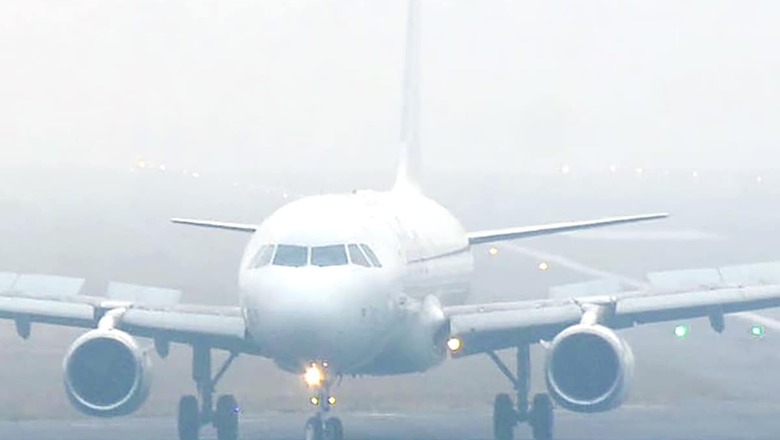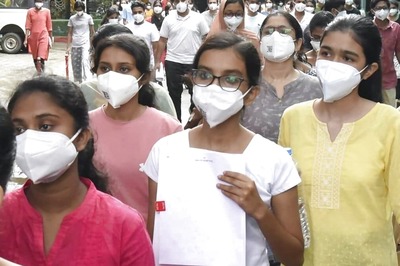
views
The Delhi International Airport Limited (DIAL) has announced the completion of the re-carpeting and refurbishment work of Runway 10/28 (also known as the second runway) at Indira Gandhi International Airport, easing the travel woes of passengers during the winter months. The re-carpeted has been equipped with CAT III technology which will ensure secure landings even in situations of extremely poor visibility.
As per information from airport authorities, the runway has been officially transferred to Air Traffic Control (ATC) for commercial use starting on February 3, 2024. With this addition, Delhi Airport now boasts four operational runways, sources said.
DIAL had undertaken the much-needed re-carpeting work of the 3,813 metre-long and 45 metre-wide second runway in the middle of September 2023, just after the conclusion of the historic G20 Summit. Re-carpeting work of the runway was completed in December 2023, post which Airfield Ground Lighting (AGL) operationalization was taken up.
DIAL also introduced a few additional taxiways. The passenger handling capacity of its three terminals would increase to 100 million passengers per annum.
The CAT III enabled Runway 10/28 at the Delhi Airport has been operationalised today. This would ensure further mitigation of weather-related congestion issues.— Jyotiraditya M. Scindia (@JM_Scindia) February 3, 2024
Union Minister of Civil Aviation Jyotiraditya Scindia confirmed the development and took to X, writing, “The CAT III enabled Runway 10/28 at the Delhi Airport has been operationalised today. This would ensure further mitigation of weather-related congestion issues.”
WHAT IS CAT III TECHNOLOGY
CAT III is a navigation system that helps planes land during dense fog and inclement weather conditions when visibility is low. It allows for landings with a minimum visibility of 50 metres.
The initial cost of setting up the whole CAT IIIB system at an airport can go up to Rs 10 crore and the maintenance cost can go around Rs 50 lakh on a monthly basis. The CAT IIIB system at the Calcutta airport was installed at a cost of Rs 130 crore.
HOW CAT III WORKS?
In the CAT II system, a pilot is guided by the signalling system till 100 feet above the ground, when the runway isn’t in sight. In CAT III-B, an aircraft can descend till 50 feet above the ground because of the advanced signalling system. Then the pilot would see the approach and touchdown zone-lighting system.
A category III B approach is a precision approach and landing with no decision height or a decision height lower than 50 ft (15m) and a runway visual range less than 700 ft (200m), but not less than 150ft (50m).
The entire process is automated and a voice prompt tells using a countdown how far the plane is away from the runway, when the flaps have to be deployed and when the brakes need to be applied. Other airports in the country that support this technology are Amritsar, Jaipur, Lucknow and Kolkata airports.
HOW CAN FLIGHTS AND PILOTS BECOME CAT IIIB COMPLIANT?
An airliner is required to acquire the CAT IIIB certification to be equipped with the technology. The airliner also needs to train pilots as not all pilots flying domestic aeroplanes are trained to land on the CAT IIIB system.
Therefore, flights which are not CAT IIIB compliant cannot operate in regions where fog or low visibility is expected. Most airlines operating in India already have pilots who are CAT III-B compliant. In India, airline companies that support CAT IIB are Vistara and Indigo among others.



















Comments
0 comment